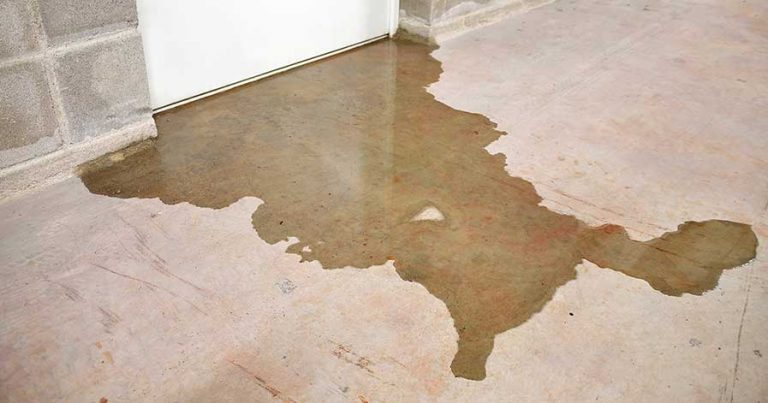5 Steps for Successful Water Damage Repair
Water Damage Repair
Water damage and water damage repair can be devastating for property owners, even on a small scale. From huge floods to little leaks, the structural problems created by a little bit of water can cause big headaches, not to mention a dent in your the wallet.
The key to minimizing damage to property is to act fast. In most cases it is advisable to seek professional water damage restoration as quickly as possible to avoid additional problems, such as mold or damp rot.
If you are looking for water damage repair, or you have some bathroom water damage that is causing bigger problems, these tips will help you clean up properly.
1. Stem the Flow
First thing is first: getting rid of the flow of water is essential. Assess and fix any burst pipes, replace seals or washers, or get sandbags or a bucket in place. You need to do whatever it takes to prevent additional water from finding its way into the structure of your property. If you are looking at burst pipes or a leaking roof, get professionals in as soon as you can.
For commercial premises and water damage repair, you will know that time is of the essence when it comes to fixing the problem. Quick and efficient commercial water damage repair ensures you can get back to work as quickly as possible with a minimal impact to your business.
2. Switch Off the Electricity
Everyone knows that water and electricity don’t mix. Before you start trying to clean the area make sure there are no exposed wires or fuse boxes. Ensure all electrical items are unplugged and removed from the area near the water.
In a worst case scenario, you might need to switch off the electricity for the whole property. Be very careful when handling any electrical items around water and ensure any children or pets are safely out of harm’s way.
3. Get Rid of Standing Water
This might sound obvious, but getting excess water out of the building is important. Once you have stemmed the flow you will be able to work on making sure no more water is coming in. You can then focus on getting rid of the water that is there.
The longer water sits in place, the greater the potential for leaks, pollution, corrosion and other problems, such as mold.
Scooping it out with a bucket and using a mop is the old school, manual way to start clearing standing water. By hiring professional water damage restoration specialists you will get access to a pump and other equipment to make the job a bit easier.
4. Ventilate and Dry the Area
Once your area is water-free, you will need to make sure it is properly dried out. The simplest way to do this is to open windows and doors to allow air in. If you have access to a dehumidifier, then get it running, although a domestic appliance will only hold a small amount of liquid.
For basement water damage it can be a little trickier to ventilate the area, as they are often below ground level. A combination of heaters and dehumidifiers should help dry the area out, or you can use a professional-grade dehumidifier for extreme cases.
5. Thorough Cleaning
The area affected by water damage will need to be thoroughly cleaned to avoid ongoing issues. Check behind blind spots for hidden puddles of water and be sure to use an anti-mold bleach solution to scrub walls, floors and other areas where the water might have penetrated.
When handling any chemicals, especially for mold removal, always wear safety equipment. Gloves, a dust mask and goggles are essential to make sure you don’t inhale mold spores or chemical fumes.
In a small bathroom or kitchen you should be able to treat water damage easily with products found at local stores. For commercial water damage, or bigger areas of inundation, hiring water damage restoration specialists will save you a lot of time and hard work.
Hiring a professional cleanup company will also ensure the job is done thoroughly and minimizes your chances of mold, bad odors, rotten wood or brickwork and dampness.
Prevention
Once your water damage has been treated, make sure to take steps to prevent a repeat occurrence. This might mean replacing faulty pipes or tiles or creating some kind of drainage system to avoid water run off. You’ll save yourself time and the expense of cleaning up water damage in the future.
Everything from leaky taps to damaged exterior walls or roofs can lead to bigger structural problems. Once you have structural damage to property, the costs can start to spiral out of control.
Consulting with water damage restoration specialists will help you to identify potential problem areas and avoid any issues before they become a bigger headache.

